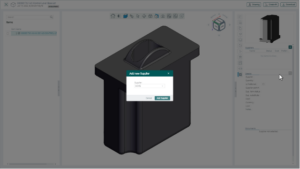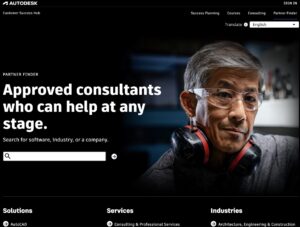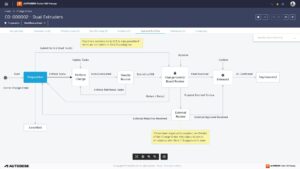In our last post we talked about getting started with cloud PLM, but what if you’re already started and now looking to grow and get the most out of your PLM solution? You’ve probably already picked up some best practices, tips and tricks. So what’s next? Where do you go from here?
Tailor more processes
When you started with PLM you probably added some of your simple processes, or adopted some of the standard workflows that come with the software, but further configuration can increase productivity and save time and money.
One of the most valuable processes you can bring into the system is your change management process. By automating and streamlining your change management process you can gain a clear view of the details you need to submit, track, and approve change requests and change orders. This guideline not only helps you standardize how changes are made across your organization, but also saves time by automating notifications to approvers, and setting alternate approvers in case of vacations or illness, helping you avoid bottlenecks.
You can also configure your project templates to standardize phase-gate milestones, deliverables, and tasks in a way that makes sense for your business. Whether that’s by product line, business unit, product team, or other designation.
Bring in suppliers
 You’ve got your internal teams leveraging the power of your new PLM software, but what about your suppliers? A supplier portal brings your suppliers into your processes and gives them direct access to the data they need. The secure sharing functionality ensures they only see what they need to see, meaning what you share with them based on their permissions.
You’ve got your internal teams leveraging the power of your new PLM software, but what about your suppliers? A supplier portal brings your suppliers into your processes and gives them direct access to the data they need. The secure sharing functionality ensures they only see what they need to see, meaning what you share with them based on their permissions.
The supplier portal also helps you speed up RFQs by automating your process and allowing suppliers to respond or make comments within your PLM software while also securely storing responses for your reference in the future.
Finally, a supplier portal will increase your supply chain agility by including suppliers early and storing supplier information in one place. Why does that matter to you? By including suppliers early in your design process you can get their feedback sooner and reduce the cost involved in changes later in the product lifecycle. By gathering this feedback along with supplier pricing, history, and approval status all in one place, you can easily manage suppliers and find alternatives in the case of supply chain disruptions or shortages.
Level up your cloud PLM
 Last, but not least, once you’ve mastered the basics we always encourage customers to leverage our partner network to further configure your PLM system to your exact needs. Take advantage of their years of experience to make the system do whatever you need it to, whether that includes custom configurations, specific connectors to other enterprise systems, or even have them do an audit on your use and how it can be optimized, Autodesk’s robust partner network is there for you!
Last, but not least, once you’ve mastered the basics we always encourage customers to leverage our partner network to further configure your PLM system to your exact needs. Take advantage of their years of experience to make the system do whatever you need it to, whether that includes custom configurations, specific connectors to other enterprise systems, or even have them do an audit on your use and how it can be optimized, Autodesk’s robust partner network is there for you!
To learn more about Autodesk PLM or schedule a demo, click here

